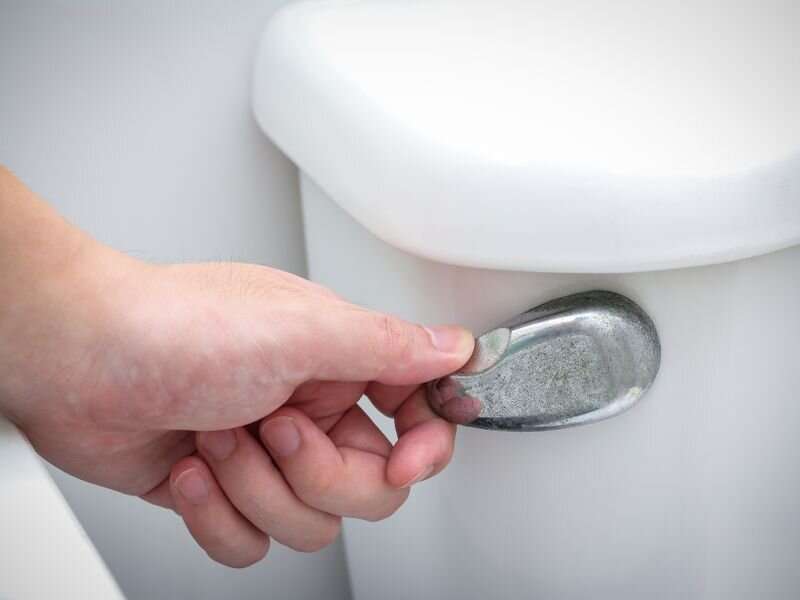
Nearly 1 in 2 women over the age of 50 deal with the indignities of urinary incontinence, but experts say no one has to suffer in silence.
Frequently considered an inevitable problem of aging, most women never even try to get treatment for the urinary leakage that they experience, said Dr. Christopher Hartman, chief of urology at Long Island Jewish Forest Hills in New York City.
Why?
“Many women often cite embarrassment as the reason for their delay in seeking care,” he explained.
Before they decide to get help, women need to determine what kind of incontinence they have. Stress urinary incontinence is most frequently caused by laughing, coughing, sneezing or exercising. Conversely, urge incontinence occurs when a person experiences a strong desire to urinate and cannot stop this sensation, Hartman explained. This is typically the result of a problem with the bladder itself or certain triggers such as caffeine and spicy foods, which cause the bladder to contract.
A third type, mixed incontinence, is the combination of stress and urge incontinence. Less common is overflow incontinence, in which a woman does not empty her bladder completely, Hartman said.
Beyond what type of incontinence is happening, the severity of the condition can vary widely, said Dr. Elizabeth Kavaler, a urology specialist at Lenox Hill Hospital in New York City.
“Urinary incontinence is the involuntary loss of urine. It can involve a few drops of leakage to a full accident,” she said. “Over 25 million Americans admit to regularly having issues controlling their bladders, which drives the over-$33 billion-a-year industry in protective products, medications and surgery.”
So, what can trigger incontinence?
Stress incontinence is caused by pelvic floor weakness, Kavaler said. In women, stress incontinence is associated with vaginal births, chronic constipation, obesity and chronic lung disease. In men, stress incontinence can be seen after prostate cancer surgery.
Risk factors for urgency incontinence include being over 50, neurological disorders such as Parkinson’s disease and stroke, and urinary tract infections, she said.
What are a woman’s treatment options?
Stress incontinence is treated with pelvic floor muscle exercises (called Kegels) to strengthen the muscles that surround urethra, injection of bulking agents to increase the ability of the urinary sphincter to close, or a procedure called sling surgery. In sling surgery, a narrow piece of synthetic mesh or a piece of tissue from your own body is placed under your urethra, according to the U.S. Office on Women’s Health. The sling acts like a hammock to support the urethra and hold the bladder in place.
Serious complications from the sling procedure can include pain, infection and damage to nearby organs, such as the bladder. The U.S. Food and Drug Administration reports that in 1 out of every 50 patients who have synthetic mesh for urinary incontinence, the mesh moves after surgery and sticks out into the vagina, causing pain.
Urgency incontinence is treated with behavior modification (which includes timed voiding, fluid management and Kegel exercises), medications, Botox injections into the bladder or a nerve stimulator, Kavaler said.
Source: Read Full Article